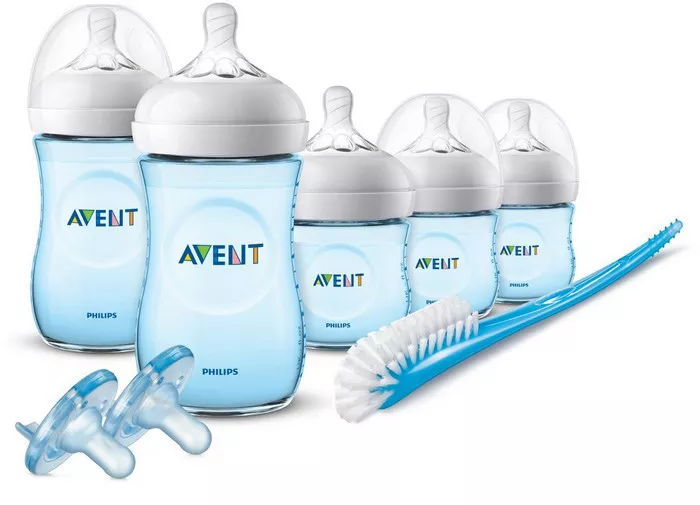Welcoming a newborn into the family brings immense joy and responsibility. Among the many tasks involved in caring for your little one, ensuring that their feeding bottles are clean and safe is paramount. Proper washing of newborn bottles is essential to prevent the risk of infections and ensure your baby’s well-being. In this comprehensive guide, we will walk you through step-by-step instructions and best practices to effectively wash newborn bottles.
Understanding the Importance of Cleanliness
Before diving into the washing process, it’s crucial to understand why cleanliness is so vital when it comes to newborn bottles. Babies have delicate immune systems that are still developing, making them more susceptible to infections and illnesses. Bacteria, viruses, and other harmful microorganisms can easily thrive in improperly cleaned bottles, posing a significant risk to your baby’s health. By maintaining proper hygiene practices, you can minimize these risks and create a safe feeding environment for your little one.
Gathering the Necessary Supplies
Before you begin washing newborn bottles, gather all the necessary supplies to streamline the process. Here’s what you’ll need:
1. Bottle Brush: Choose a bottle brush specifically designed for cleaning baby bottles, as it will have soft bristles that can effectively reach all areas of the bottle.
2. Mild Dish Soap: Opt for a gentle, fragrance-free dish soap that is safe for baby items. Avoid using harsh chemicals or antibacterial soaps, as they may leave residue or irritate your baby’s sensitive skin.
3. Hot Water: Hot water is essential for effectively removing milk residue and killing bacteria. Make sure the water is at a temperature that is safe for handling.
4. Sterilizer (Optional): While not mandatory for daily cleaning, a sterilizer can be used periodically to ensure thorough disinfection of bottles, nipples, and other feeding accessories.
5. Drying Rack or Towel: After washing, allow the bottles to air dry on a clean drying rack or a lint-free towel.
Se Also: When Can You Use Bath Products on a Newborn?
Step-by-Step Washing Instructions
Now that you have gathered your supplies, let’s dive into the step-by-step process of washing newborn bottles:
1. Disassemble the Bottles: Start by disassembling the bottles into their individual components, including the bottle, nipple, collar, and any other detachable parts. This will ensure that you can clean each part thoroughly and reach all areas where milk residue may accumulate.
2. Rinse with Warm Water: Before washing, rinse the bottles and accessories with warm water to remove any leftover milk or formula. This step helps to prevent milk proteins from sticking to the surfaces, making them easier to clean later.
3. Wash with Mild Soap: Using a bottle brush and mild dish soap, gently scrub the inside and outside of the bottles, as well as the nipples and collars. Pay close attention to any crevices or hard-to-reach areas where bacteria may hide. Rinse each component thoroughly with hot water to ensure that all soap residue is removed.
4. Sterilize if Necessary: While washing with soap and hot water is usually sufficient for daily cleaning, you may choose to sterilize the bottles periodically, especially if your baby is newborn or has a weakened immune system. Follow the manufacturer’s instructions for your sterilizer or boil the bottles in water for 5-10 minutes to kill any remaining bacteria.
5. Air Dry Thoroughly: After washing and sterilizing, allow the bottles to air dry completely on a clean drying rack or towel. Avoid using cloths or paper towels to dry the bottles, as they may introduce lint or bacteria.
Additional Tips for Maintaining Hygiene
In addition to following the basic washing instructions, here are some extra tips to help you maintain hygiene when washing newborn bottles:
1. Wash Immediately: Wash the bottles as soon as possible after each use to prevent milk residue from drying and becoming harder to clean.
2. Inspect Regularly: Periodically inspect the bottles and nipples for signs of wear and tear, such as cracks or discoloration. Replace any damaged components to ensure optimal safety and hygiene.
3. Use Separate Brushes: Consider using separate brushes for washing baby bottles and other dishes to avoid cross-contamination. Alternatively, sanitize the brush thoroughly after each use.
4. Store Properly: Once the bottles are dry, store them in a clean, dry place away from dust and other contaminants. Avoid covering them with lids or caps until they are completely dry to prevent moisture buildup.
5. Wash Hands Thoroughly: Always wash your hands thoroughly with soap and water before handling baby bottles or preparing formula. This helps to prevent the transfer of germs and bacteria to your baby’s feeding equipment.
Conclusion
Properly washing newborn bottles is essential for maintaining cleanliness and ensuring your baby’s health and safety. By following the step-by-step instructions and tips outlined in this guide, you can effectively remove milk residue, kill harmful bacteria, and create a safe feeding environment for your little one. Remember to wash the bottles promptly after each use, inspect them regularly for damage, and store them properly to maintain optimal hygiene standards. With diligence and care, you can provide your baby with the clean and safe feeding experience they deserve.


